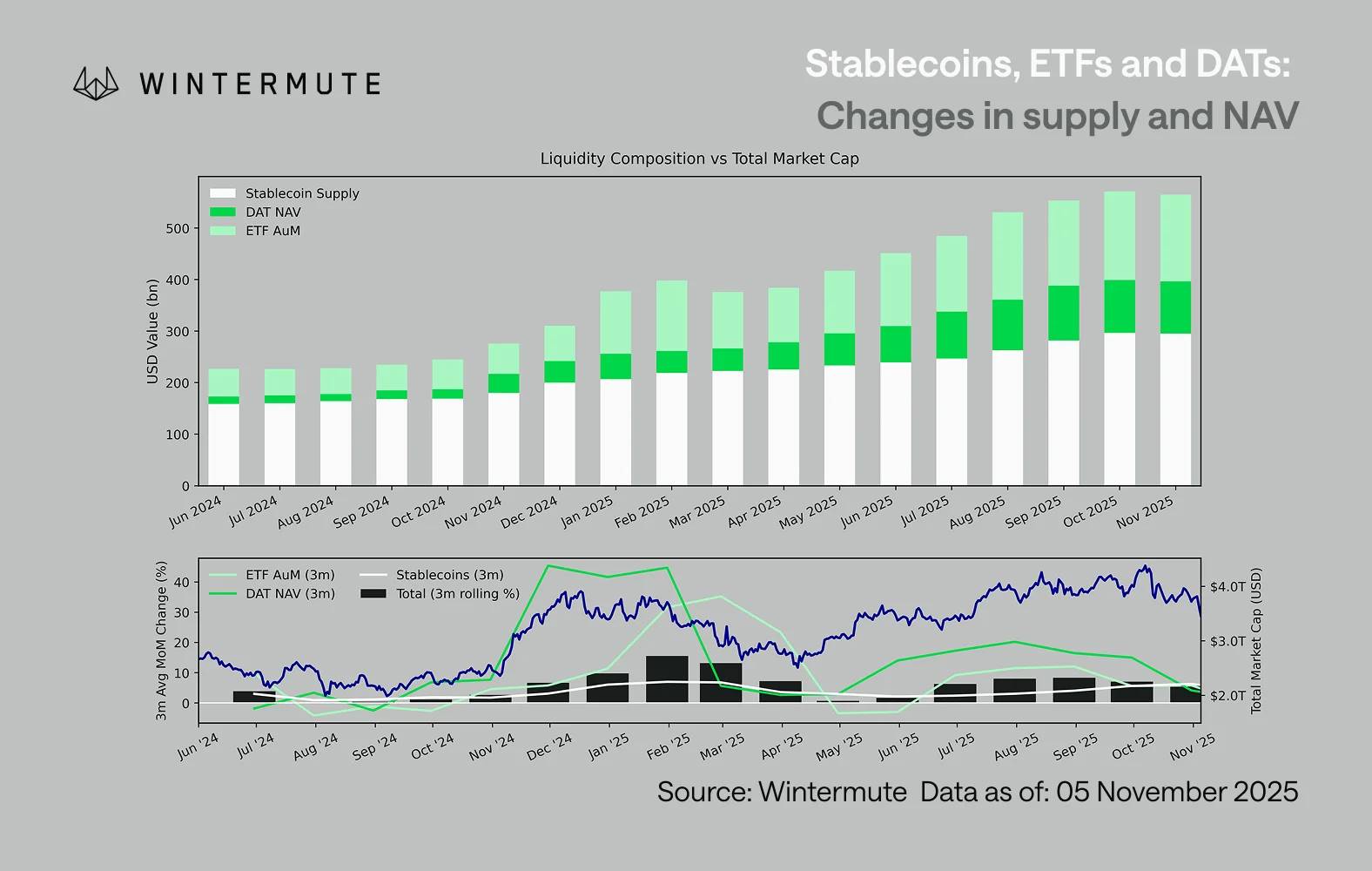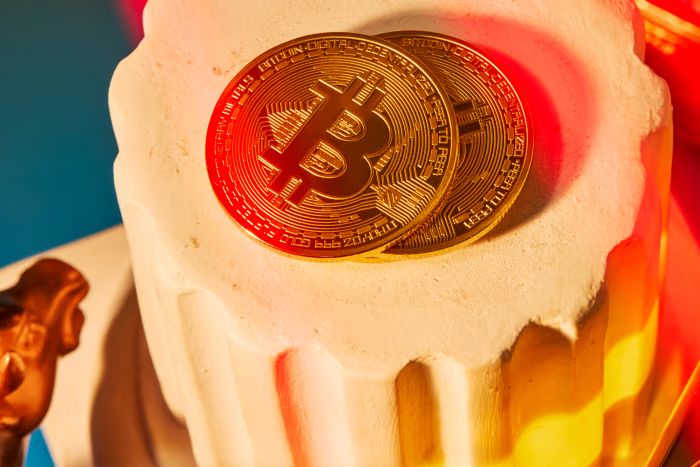The financial world consistently monitors the Federal Reserve, eager to understand its next moves on interest rates. Recent developments, particularly from the July FOMC minutes, offer crucial insights into the evolving outlook for a potential Fed rate cut. This information directly impacts everything from borrowing costs to investment strategies, making it highly relevant for anyone tracking economic trends, including those in the cryptocurrency space.
Understanding the Fed’s Stance on a Fed Rate Cut
The Federal Open Market Committee (FOMC) minutes provide a detailed look into the discussions and considerations of the Fed’s policymakers. According to reports from Wall Street Journal reporter Nick Timiraos, often seen as an unofficial voice for the Federal Reserve, the July minutes revealed strong consensus. Most members supported maintaining current interest rates.
- This position aimed to ensure inflation remained on track towards the Fed’s 2% target.
- Policymakers were cautious, preferring to see more data before making any significant shifts.
- The emphasis was on data dependency, a recurring theme in recent Fed communications.
How Jobs Data Influenced the Fed Rate Cut Outlook
While the initial sentiment in the July meeting leaned towards holding rates steady, a significant piece of information emerged just two days after the meeting concluded: disappointing jobs data. This economic report proved to be a game-changer for the Fed rate cut outlook.
The weaker-than-expected employment figures indicated a potential cooling in the labor market. This shift in economic indicators made the prospect of a September Fed rate cut considerably more likely. Without this specific jobs report, the possibility of a cut in September would have been highly uncertain, as many officials felt current conditions warranted continued vigilance.
The Unofficial Spokesperson’s Take on Fed Rate Cut Timing
Nick Timiraos’s reporting carries weight because his articles often align closely with the Fed’s internal thinking, acting as a subtle signal to markets. His analysis underscored the critical role of the jobs data. It essentially tipped the scales, making a September Fed rate cut a more concrete possibility than it was during the actual FOMC meeting.
This highlights how swiftly economic forecasts can change. A single, impactful data point can redefine market expectations and central bank strategies. Investors and businesses must remain agile, ready to adapt to these shifts.
What This Means for Future Fed Rate Cut Decisions
The Fed’s approach remains data-dependent. While the jobs data provided a strong signal, future decisions will hinge on a broader range of economic indicators, including inflation, consumer spending, and other labor market reports. A potential Fed rate cut in September, if it happens, would signify the Fed’s increasing confidence in its ability to manage inflation while supporting economic stability.
Challenges Ahead:
- Balancing inflation control with economic growth.
- Navigating global economic uncertainties.
- Communicating policy changes effectively to avoid market volatility.
Understanding these nuances helps us predict potential market movements. For crypto investors, a lower interest rate environment can sometimes make riskier assets, like cryptocurrencies, more attractive. It lowers the cost of borrowing and can encourage investment in higher-yield opportunities.
Compelling Summary: Navigating the Shifting Sands of Fed Policy
The journey to a potential Fed rate cut is a dynamic one, heavily influenced by incoming economic data. The July FOMC minutes, coupled with the subsequent jobs report, painted a clear picture: while the Fed was initially content to hold rates, the labor market data significantly altered the September outlook. This illustrates the Fed’s flexible, data-driven approach to monetary policy. Staying informed about these economic signals is paramount for anyone navigating the financial landscape, as they directly impact market sentiment and investment decisions.
Frequently Asked Questions (FAQs)
What are FOMC minutes?
The FOMC minutes are detailed records of the Federal Open Market Committee’s meetings, providing insights into their discussions, economic assessments, and policy decisions regarding interest rates and monetary policy.
Who is Nick Timiraos and why is his reporting important?
Nick Timiraos is a Wall Street Journal reporter often viewed as an unofficial spokesperson for the Federal Reserve. His reporting is significant because his articles frequently reflect the Fed’s internal thinking, providing an early signal to markets about potential policy directions.
How does jobs data influence interest rate decisions?
Jobs data, such as employment figures and unemployment rates, are key indicators of economic health. Strong job growth can signal inflationary pressures, leading the Fed to consider raising rates. Conversely, disappointing jobs data can indicate economic cooling, making a rate cut more likely to stimulate growth.
What does a Fed rate cut mean for the economy?
A Fed rate cut generally aims to stimulate economic activity by making borrowing cheaper for consumers and businesses. This can encourage spending, investment, and job creation, but it also carries the risk of fueling inflation if not managed carefully.
How might a Fed rate cut impact cryptocurrency markets?
A Fed rate cut can potentially make riskier assets, including cryptocurrencies, more attractive. Lower interest rates reduce the returns on traditional safe-haven investments, encouraging investors to seek higher yields in assets like crypto, as the cost of borrowing also decreases.
If you found this analysis helpful, share it with your network! Stay ahead of the curve by discussing these crucial economic insights with fellow investors and enthusiasts on social media.
To learn more about the latest explore our article on key developments shaping the crypto market’s future outlook.




